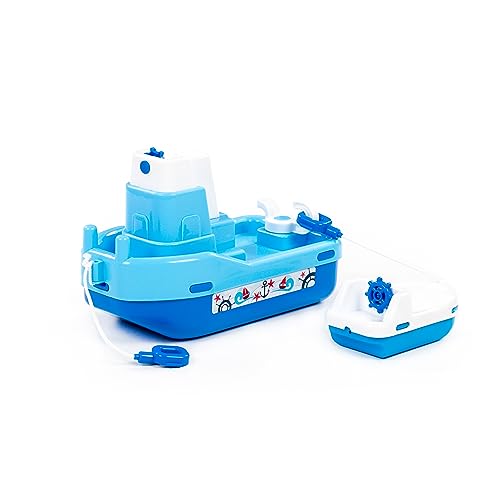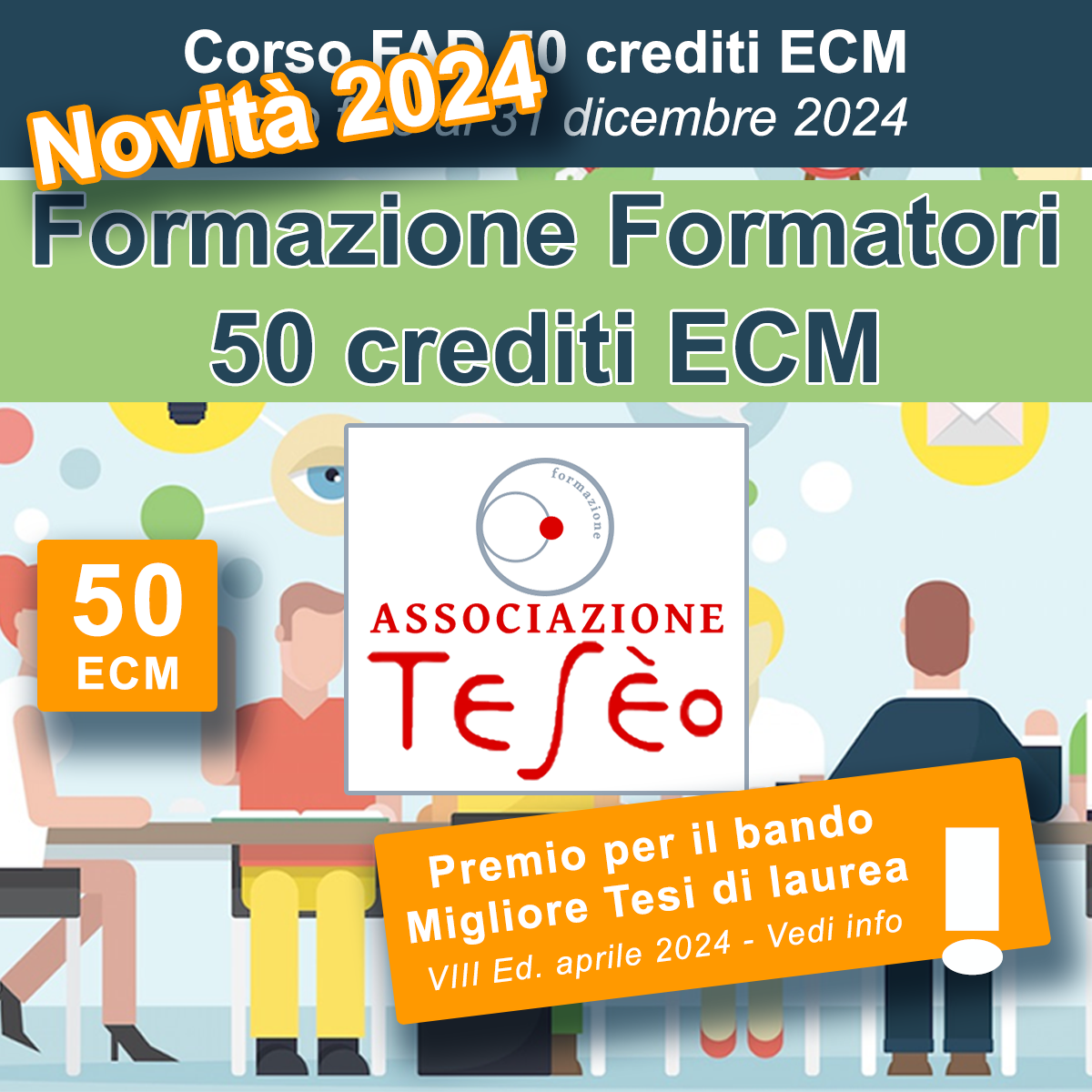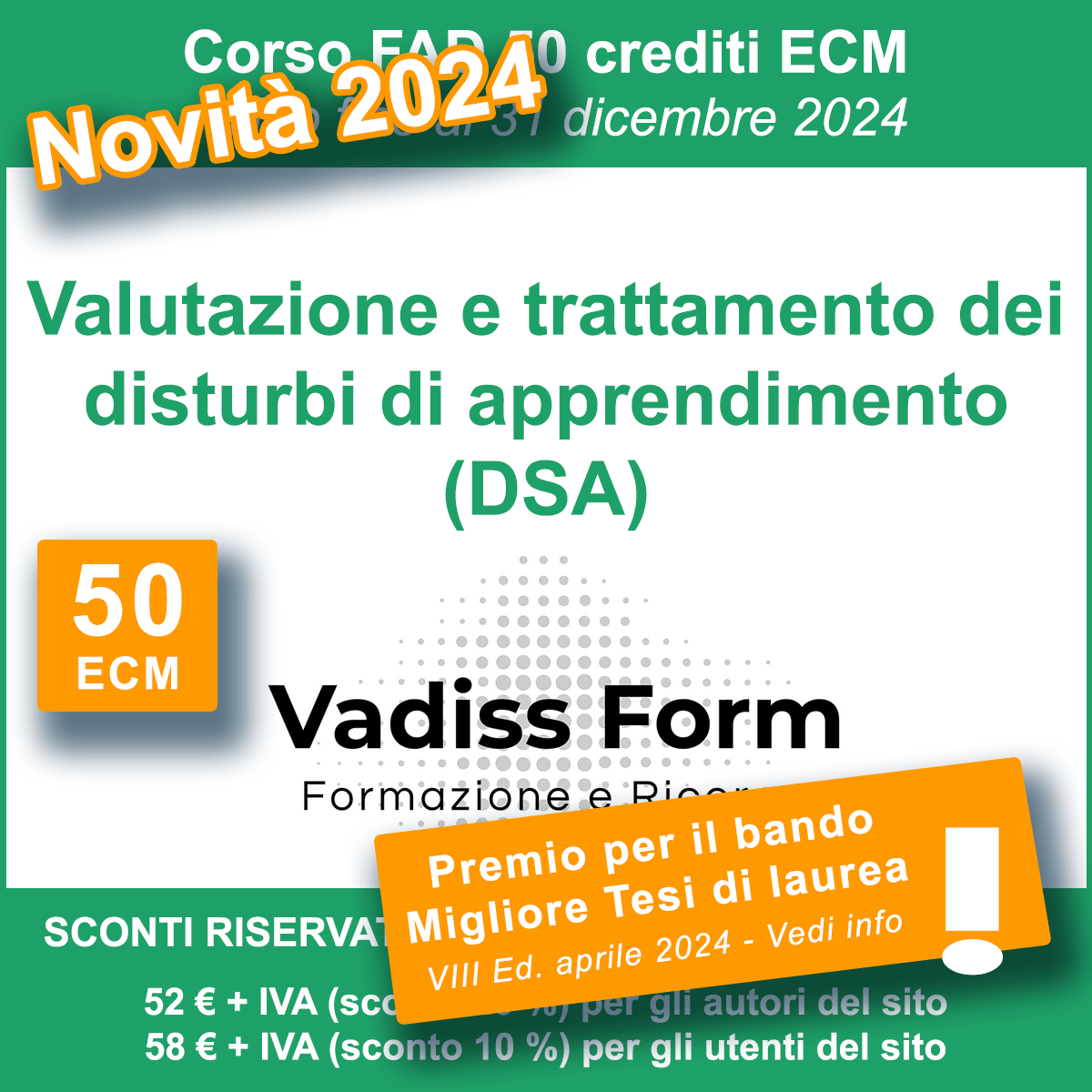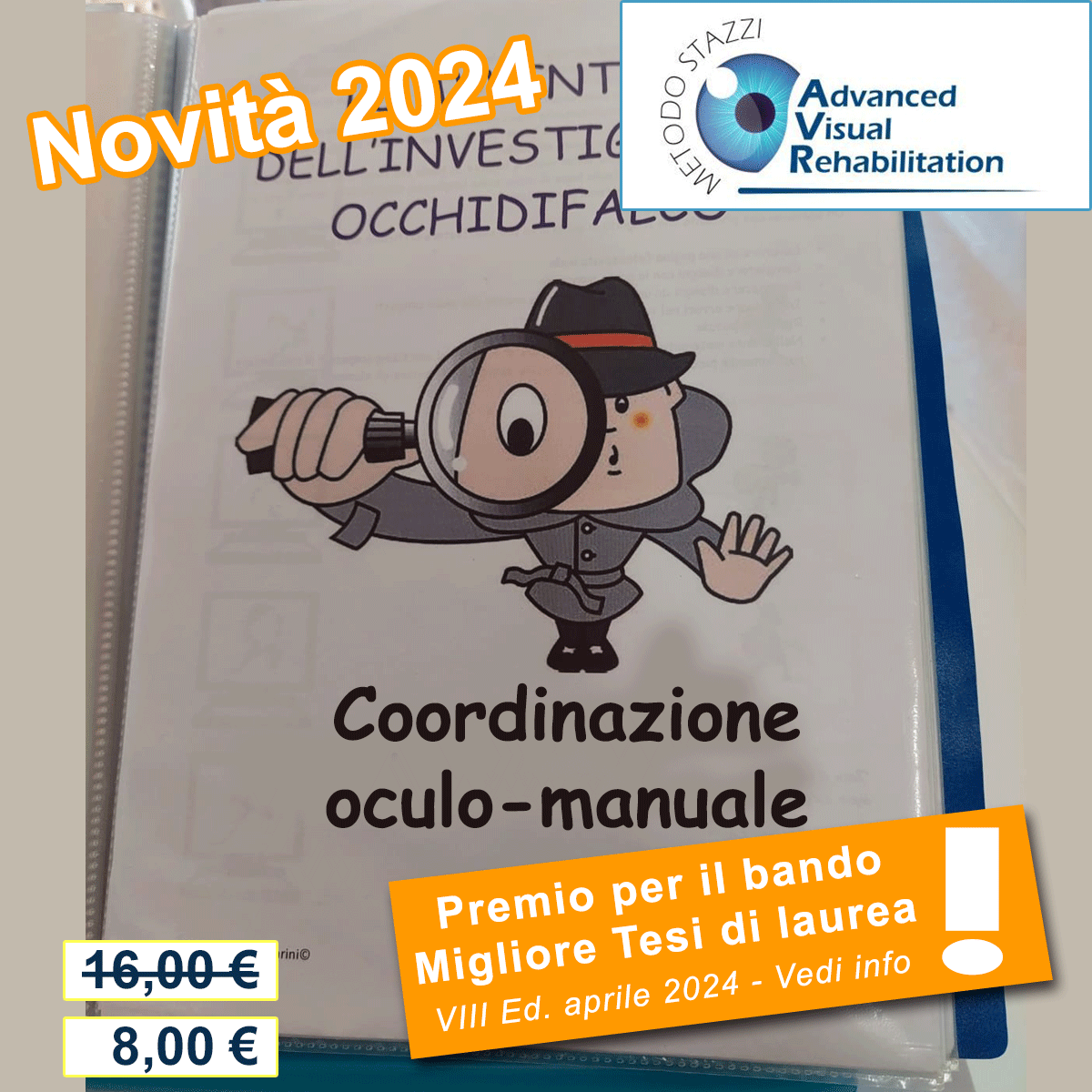BIBLIOGRAFIA - Il ruolo della Riabilitazione Respiratoria nella Terapia Intensiva Neonatale (TIN): gestione del neonato pretermine
Lucia Camisassa
Visite: 2782
- AARC Clinical Practice Guideline: Endotracheal suctioning of mechanically ventilated adults and children with artificial airways. Respir Care 1993;38:500-504
- AARC Clinical Practice Guideline: Nasotracheal suctioning. Respir Care 1992;37:898-901
- AARC Clinical Practice Guideline: Suctioning of the patient in the home. Respir Care 1999;44(l):99-104
- Agostino R, et al. Continuous positive airway pressure (CPAP) by nasal cannula in the respiratory distress syndrome (RDS) of the newborn. Pediatr Res 1973; 7: 50.
- Allen MC, Alexander GR, Tompkins ME, Hulsey TC. Racial differences in temporal changes in newborn viability and survival by gestational age. Paediatr Perinat Epidemiol 2000; 14:152-158
- Als H, Lawhon G, Brown E, Gibes R, Duffy FH, McAnulty GB, Blickman JG. Individualized behavioural and environmental care for the very low birth weight preterm infant at high risk for bronchopulmonary dysplasia: Neonatal Intensive care unit and developmental outcome. Pediatrics 1986, vol 78:1123-32.
- Als H. A synactive model of neonatal behavioural organization: Framework for the assessment and support of the neurobehavioral development of the premature infant and his parents in the environment of the neonatal intensive care unit. In Sweeney JK (ed), The high Risk Neonate: Developmental Therapy Perspectives. Phycal e Occupational Therapy in Pediatrics, 1986, 6:3-55, 1992.
- Als H. Individualized developmental care for preterm infants. In: Tremblay RE, Barr RG, Peters RDeV, eds. Encyclopedia on Early Childhood Development [online]. Montreal, Quebec: Centre of Excellence for Early Childhood Development; 2004:1-7. Available at: http://www.child-encyclopedia.com/documents/AlsANGxp.pdf
- Als H. et al. The Assessment of Preterm Infants' Behavior (APIB): Furthering the Understanding and Measurement of Neurodevelopmental Competence in Preterm and Full-Term Infants. Mental Retardation and Developmental Disabilities Research Reviews 11: 94-102, 2005.
- Als H. Lester B.M., Tronick E. and Brazelton T.B. Manual for the assessment of preterm infants' behaviour (APIB). In: Fitzgerald H., Lester B.M., Yogman MW. (eds). Theory and Research in Behavioural Pediatrics, New York Plenum Press,1: 65-132, 1982.
- Als H. Program Guide - Newborn Individualized Developmental Care and Assessment Program (NIDCAP®): An education and training program for health care professionals. Rev ed. Boston, Mass: Children's Medical Center Corporation; 2002
- Als H. Towards a synactive theory of development: promise for the assessment of infant individuality. Infant Ment. Health J. 1982; 3:229-43.
- American Academy of Pediatrics. Committee Report: American Pediatrics: Milestones at the Millennium. Pediatrics 2001; 107: 1482-1491.
- American Thoracic Society Documents. Statement on the care of the child with chronic lung disease of infancy and childhood. Am J Respir Crit Care Med 2003; 168: 356-396.
- Andersen J, Jenkins SC. Physiotherapy problems and their management. In “Physiotherapy for Respiratory and Cardiac Problems”, Churchill Livingston 1993; chapter 11:199-233.
- Andersen JB & Falk M. Chest physiotherapy in the paediatric age group. Respir Care 1991;36:546-552.
- Atti del convegno “Aspetti in evoluzione delle problematiche respiratorie neonatali” Torino 12 aprile 2006.
- Baines, M.A. (1862). "Excessive Infant-Mortality: How Can It BeStayed?". Retrieved on 2007-02-18
- Balchin I, Whittaker JC, Steer PJ, Lamont RF. Are reported preterm birth rates reliable? An analysis of interhospital differences in the calculation of the weeks of gestation at delivery and preterm birth rate. Br J Obstet Gynaecol 2004; 111:160-163
- Baldini L. et al. Percorsi nello sviluppo del prematuro. "Età Evolutiva" n72 , pp 35-47, 2002
- Bess HF, et al. Further observations on noise levels in infant incubators. Pediatrics 1979; 63: 100.
- Bianchi C, Buganza V, Lischetti MG, Neri C, Nuzzo MD, Ravazzani C, Rossi S. Studio clinico e radiologico, statico e dinamico, delle vie digestive superiori in soggetti cerebropatici gravi. Risvolti terapeutici. Eur Med Phys 1991; 27:127-136.
- Blystad, W., Landing, B.H., and Smith, C.A.: Pulmonary Hyaline membranes in newborn infants. Pediatrics 8:5, 1951
- Bottos M., Gregorelli L. L'assistenza al prematuro. Fava, Vizziello, Zorzi, Bottos, 1992.
- Braggion C, Cazzola G. Fisioterapia – riabilitazione respiratoria nelle immunopatie. RIAP 1996; anno X, n°2:63-66.
- Brivio A., Lazzeri M., Giovanni O., Elisabetta Z. La disostruzione bronchiale. Dalla teoria alla pratica. Masson: Milano; 2001.
- Brody JS, Thurlbeck WM. Development, growth and aging of the lung. In: Fishman AP (ed). “Handbook of physiology. The respiratory system”. American Pysiological Society, Bethesda 1986; 355.
- Browne JV, Vandenberg K, Ross ES, Elmore AM. The Newborn Developmental Specialist: definition, qualifications and preparation for an emerging role in the neonatal intensive care unit. Infant and Young Children, 11(4):53-64, 1999.
- Bucher U, Reid L. Development of the intrasegmental bronchial tree: the pattern of breaching and development cartilage at various stages of intrauterine life. Thorax 1961; 16: 207-218.
- Burri PH. Structural aspects of prenatal and postnatal development and growth of the lung. In: “Lung growth and development”. New York; Marcel Dekker 1997; 1.
- Burri PH. Development and growth of human lung. In: Fishman AP (ed). “Handbook of physiology, the respiratory system”. American Physiological Society, Bethesda 1986; 1.
- Burri PH. Fetal and postnatal development of the lung. Ann Rev Physiol 1984; 46: 617-628.
- Burri PH. Postnatal development and growth. In: Crystal RG, West BG, Weibel ER, Barnes PG (eds). “The lung”. Philadelphia: Lippicott-Raven 1997; 1013.
- Caduff JH, et al. Scanning electron microscopic study of the developing microvasculature in the postnatal lung rat. Anat Rec 1986; 216: 154-159.
- Caliumi-Pellegrini G, et al. Twin nasal cannula for administration of continuous positive airway pressure to newborn infants. Arch Dis Child 1974; 49: 228.
- Castoldi F, Lo sviluppo polmonare fetale e postnatale. Fisiopatologia respiratoria neonatale. Bollettino ARIR 1996; 5:4-7.
- Coney S. Physiotherapy technique banned in Auckland. The Lancet 1995; 345:510.
- Crapo JD, Barry Be, Gehr P, et al. Cell number and characteristic of the normal human lung. Am Rev Respir Dis 1982; 125: 332-337.
- Davidson A, Rapisardi G, Donizzelli GP. L’intervento abilitativo al neonato: la cura posturale personalizzata ed evolutiva nella terapia intensiva neonatale. Supplemento al numero 9 – Quaderni AITR anno XVIII° - 1° trimestre, 1995
- Davidson A. Il bambino "spastico", la sua respirazione, l'intervento del terapista. Quaderni A.I.T.R. 1979; 1e2:7-14 e 5-17.
- Davidson A. Promozione dello sviluppo psicomotorio nel primo anno di vita Dispensa del "Percorso di formazione nell'approccio neuroevolutivo al neonato e al lattante", Centro Brazelton, 2005.
- De Mello DE, et al. Arteries and veins. In: Crystal RG, West BG, Weibel ER, Barnes PG (eds). “The lung”. Philadelphia: Lippincott-Raven 1997; 1117.
- De Vires LS, Eken P, Groenendal F, Van Haastert IC, Meiners LC. The spectrum of leucomalacia using cranial ultrasound. Behavioural Brain Research, 49 : 1, 1992.
- Doyle LW., Casalaz D. The Victorian collaborative Group. Outcome at14 years of extremely low birthweight infants: a regional study. Arch Dis Child Fetal Neonatal Ed. 85, F159-64, 2001.
- Eid N, Bucheit J, Neuling M, Phelps H. Chest physiotherapy in review. Respir Care 1991;36:270-282.
- Farrell PM,Wood RE (1976) Epidemiology of hyaline membrane disease in the United States: analysis of national mortality statistics. Pediatrics 58:167-176
- Fava, Vizziello G., Zorzi C., Bottos M. Figli delle macchine. Masson Editore, Milano, 1992.
- Field D, et al. Manipulation of ventilator setting to prevent active espiration against positive pressure ventilation. Arch Dis Child 1985; 66: 1036.
- Firmino F. Rubaltelli Vademecum neonatologico. Pubblicato da SEE Editrice Firenze, 1999
- Greenough A, et al. Fighting the ventilator – Are fast rates an effective alternative to paralysis? Early Hum Dev 1986; 13: 926.
- Gregory GA, et al. Treatment of the idiopathic respiratory distress syndrome with continuous positive airway pressure. N Engl J Med 1971; 284: 1333.
- Gross I. Regulation of fetal lung maturation. Am J Physiol 1990; 259: L337-344.
- Grunnet M. Periventricular leucomalacia complex. Arch. Pathol. Lab. Med. 106: 81, 1982.
- Hack M, Fanaroff AA. Outcomes of children of extremely low birthweight and gestational age in the 1990s. Semin Neonatol '5:89-106, 2000.
- Hardy KA. A review of airway clearance: new techniques, indications, and recommendations. Respiratory Care 1994; 39:440-455.
- Heldt GP, et al. Patient-initiated mechanical ventilation. In Boynton BR, Carlo WA, Jobe AH (eds): New therapies for neonatal respiratory failure: a physiological approach. University Press, Cambridge 1995.
- Hislop A. Fetal and postnatal anatomical lung development. In: Greenough A, Roberton NRC, Milner D (eds). “Neonatal respiratory disorders”. London: Arnold 1996; 3.
- Hjalmarson, O.; Epidemiology and classification of acute, neonatal respiratory disorders. Acta Paediatr. Scand 70; 773-783 1981
- Ifer WP, et al. The role of mother’s voice in the organization of brain function in the newborn. Acta Paediatr Suppl 1994;397: 86.
- International Physiotherapy Group for Cystic Fibrosis (IPG/CF). Physiotherapy in the Treatment of Cystic Fibrosis (CF). 1995. Supported by the International Cystic Fibrosis (Mucoviscidosis) Association (ICFMA).
- Jain L. Alveolar fluid clearance in developing lungs an its role in neonatale transition. Clin Perinatol 1999; 26: 585-599.
- Jenkins SC. Pre-operative and post-operative physiotherapy - are they necessary? In “Respiratory Care”, Churchill Livingstone 1991; 8:147-168.
- Kramer MS, Demissie K,Yang H et al. The contribution of mild and moderate preterm birth to infant mortality. JAMA 2000; 284:843-849
- Kulmala T, Vaahtera M, Ndekha M et al The importance of preterm births for peri- and neonatal mortality in rural Malawi. Paediatr Perinat Epidemiol 2000; 14:219-226
- Kurz H. Influence of nasopharyngeal CPAP on breathing pattern and incidence of apnoeas in preterm infants. Biol Neonate 1999; 76: 129.
- Lackman F, Capewell V, Richardson B et al. The risks of spontaneous preterm delivery and perinatal mortality in relation to size at birth according to fetal versus neonatal growth standards. Am J Obstet Gynecol 2001; 184:946-953
- Langston C, Kida K, Reed M, Thrlbeck WM. Human lung growth in late gestation and in the neonate. Am Rev Respir Dis 1984; 129: 607-613.
- Larsen WJ. Embrionic folding. In “Human embryology”. New York: Churchill-Livingstone 1993; 111.
- Levene MI,Wild J, Steer P. Higher multiple births and the modern management of infertility in Britain. The British Association of Perinatal Medicine. Br J Obstet Gynaecol 1992; 99:607-613
- Lorenz JM. The outcome of extreme prematurity. Semin Perinatol. 25: 348-59, 2001.
- Martin JA,Hamilton BE,Ventura SJ et al. Births: Final data for 2001. National Vital Statistics Report 2002; 51:1
- Massaro JD, et al. The regulation of the formation of pulmonary alveoli. In: Bland RD, Coalson J. “Cronich lung disease in early infancy”. New York: Marcel Dekker 2000; 479.
- McIlwaine PM, Wong LTK, Peacock D, Davidson AGF. Long-term comparative trial of conventional postural drainage and percussion versus positive expiratory pressure physiotherapy in the treatment of cystic fibrosis. J Pediatr 1997; 131(4):570-574.
- Modificata da: Lobe TE, Hayden K, Nicolas D, RIchardson CJ. Successful management of congenital tracheal stenosis in infancy. J Pediatr Surg 1987; 22: 1137-1142.
- Moretti C. Disturbi respiratori del neonato. Dalla patogenesi alla terapia. Masson editore, Milano 2003.
- Moretti C. Fisiopatologia respiratoria e ventilazione meccanica del neonato. Masson editore, Milano 1997.
- Moretti C, et al. La ventilazione servo-assistita flusso-sincronizzata nel neonato di peso alla nascita estremamente basso. Riv Ital Ped 1997; 23: 50.
- Morley C. continuous distending pressure. Arch Dis Child Fetal Neonatal 1999; 81: F152.
- Moutquin J.M. Socio-economic and psychosocial factors in the management and prevention of preterm labour. BJOG 2003; 110: 56-60
- Moutquin JM. Classification and heterogeneity of preterm birth. BJOG 110 2003; (Suppl 20):30-33
- NHMRC Clinical practice guidelines. Care around preterm birth, Commonwealth of Australia, 2000.
- Oommen PM. Patient triggered ventilation in the newborn. Clinical Pediatrics 1995; 34: 597.
- Papile LA, Munsick-Bruno G, Schaefer A. The relationship of cerebral intraventricular haemorrhage and early childhood handicaps. J Pediatr 2003;103:273-7.
- Patel RR, Steer P,Doyle P et al. Does gestation vary by ethnic group? A London-based study of over 122,000 pregnancies with spontaneous onset of labour. Int J Epidemiol 2004; 33:107-113
- Postiaux G, Charlier JL, Lens E: La kinésithérapie respiratoire du tout petit « 24 mois): quels effets et à quel étage de l'arbre trachéo- bronchique? IIme partie: Evaluation d'un traitement associant aérosolthérapie et kinésithérapie respiratoire chez le nourrisson broncho- obstructif. Ann Kinésithér 1995; 22: 165-7
- Postiaux G, Ladha K, Gillard C, Charlier JL, Lens E: La kinésithérapie respiratoire du tout petit (< 24 mois): quels effets et à quel étage de l'arbre trachéo-bronchique? Ire partie: Relation entre le paramètres mécaniques de la ventilation et les bruits respiratoires chez le nourrisson broncho- obstructif. Ann Kinésithér 1995; 22: 57-71
- Postiaux G, Ladha K, Gillard C, Charlier YL, Lens E: La kinésithérapie respiratoire du tout petit (<24 mois) guidée par l'auscultation pulmonaire. Rev Fr Allergol1997; 37 (2): 2Q6-222
- Postiaux G, Ladha K, Lens E: Proposition d'una kinésithérapie respiratoire confortée par l'équation de Rohrer. Application au nourrisson broncho-obstructif. Ann Kinésithér 1995; 22: 342-354
- Postiaux G, Lens E, Lahaye JM, Napoleone P: Oggettivazione stetoacustica della toilette bronchiale distale mediante rilevamento e analisi dei crepitii polmonari. Ann Kinésithér 1989, t. 16, p. 337-385
- Postiaux G, Lens E: De ladite "Accélération du Flux Expiratoire (AFE)":où Forced is... Fast (Expiration Tecnique- FET). Ann Kinésithér 1992; 19: 411-427
- Postiaux G: La kinésithérapie respiratoire de l'enfant. Les techniques de soins guidées par l'auscultation pulmonaire. In press: éd. Deboeck Université, Bruxelles (1997)
- Rapisardi G, Davidson A, Donzelli GP et al: La "cura delle posture" in un reparto di patologia neonatale. In: Bottos, Brazelton, eds. Neurological lesion in infancy, Padova: Liviana ed., 1989: 261-3
- Rapisardi G, Davidson A: L'assistenza personalizzata allo sviluppo del neonato pretermine in un reparto di Terapia Intensiva Neonatale. Riv Ped Prev Soc 1993; 43: 45-58
- Rapisardi G: Lo sviluppo del nato pretermine: valutazione e problematiche nel corso del primo anno di vita. Riabilitazione Oggi; n. 10, 13- 20.
- Raval D, Yeh TF, Mora A, Cuevas D, Pyati S, Pildes RS. Chest physiotherapy in preterm infants with RDS in the first 24 hours of life. Jour of Perinat 1987; Fall;7(4):301-4.
- Robertson PA, et al. Neonatal morbidity according to gestational age and birthweight from five tertiary care centres in the United States 1983 through 1986. Am J Obst Gynecol 1992; 166: 1629.
- Ronzarli IP, Brasola M, Farris MC. L’aspirazione tracheo-bronchiale. Bollettino ARIR 2000; 9: 32-34.
- Safar P., Bircher N.G.: Rianimazione Cardiopolmonare e Cerebrale.
- Savitz DA, Blackmore CA, Thorp JM. Epidemiologic characteristics of preterm delivery: etiologic heterogeneity. Am J Obstet Gynecol 1991; 164:467-471
- Schaaf RC, Sherwen LN, Youngblood N. An interdisciplinary, environmentally-based model of care for children with HIV infection and their caregivers. Physical & Occupational Therapy in Pediatrics 1997; vol.17(3):63-85.
- Schöni MH. Autogenic drainage: a modern approach to physiotherapy in cystic fibrosis. Journal of the Royal Society of Medicine 1989; 82 (suppl 16):32-37.
- Shannon JM, Detering RR. Epithelial-mesenchymal interactions in lung growth and development. New York: Marcel Dekker 1997; 81.
- Shulman CE, Dorman EK. Importance and prevention of malaria in pregnancy. Trans R Soc Trop Med Hyg 2003; 97:30-35
- Smith KM, Butler S., Als, H, Newborn Individualized Developmental Care and Assessment Program (NIDCAP). Changing the future for infants and their families in intensive and special care nurseries. Italian Journal of Pediatrics, 2007, 33, 79-91
- Sorensen K.C., Luckmann J.: Nursing di base.
- Steer P. The epidemiology of preterm labour. BJOG 112 2005; (Suppl 1):1-3
- Sutton PP. Chest physiotherapy: time for reappraisal. Br J Dis Chest 1988; 82:127-137.
- Sweeney JK, Heriza CB, Reilly MA, Smith C, VanSaint AF. Practice guidelines for the physical therapist in the neonatal intensive care unit (NICU). Pediatric Physical Therapy, 11:119-132, 1999.
- Tedeschi A, Profiti V, Crupi I, Tortorella G, Guzzetta F, Lombardi G. Trattamento nutrizionale dei bambini con handicap neuromotorio. Medico e Bambino 1996; 1: 16-27.
- Terry PB, Traytsman RJ, Newball HH et al. Collateral ventilation in man. New England Journal of Medecine 1978;298:10-15.
- Thomas J, Cook DJ, Brooks D. Chest physical therapy management of patients with cystic fibrosis. A meta-analysis. Am J Respir Crit Care Med 1995; 151:846-50.
- V. Maglietta, V. Vecchi. Principi di neonatologia. CE Ambrosiana, 2005.
- Vinçon C., Fausser C. Kinésithérapie respiratoire en pédiatrie. Masson: Paris; 1993.
- Warren I. Developmental support: an opportunity for improving the quality of care for very low birthweight infants on the neonatal unit. Journal of Neonatal Nursing 4(6):18-22, 1998.
- Warren I. Guidelines for infant development in the newborn nursery. 3th Edition, Editor, Inga Warren, 2001.
- Warren IM. Model of practise for early intervention with low birthweight premature infants. Unpublished doctoral dissertation. Polytechnic of Est London, 1992.
- Webb, Shapiro, Singer, Sutter: Oxford textbook of critical care, 2003.
- Wolke D. The impact of neonatal care environment on the long-term development of preterm infants. Atti del convegno: Il Pediatra, il neonatologo e l’infermiere professionale in TIN. Amalfi pp 71-83.
- Zaramella P., Zorzi C. Il neonato ricoverato, il prematuro. in Fava Vizziello, Zorzi, Bottos, 1992.
- Zuffo S. Fisioterapia Respiratoria in Terapia Intensiva Neonatale (TIN). Bollettino ARIR 1996; anno 5, n.1:11-20 e 27-28.
- Zuffo S. La fisioterapia respiratoria disostruente con PEP mask nel lattante e nel bambino non collaborante (cerebropatie di varia natura). Quaderni AITR 1995; 9:15-22(1-8).
- Zuffo S. La fisioterapia respiratoria nella paralisi cerebrale infantile. Atti del XVII Congresso Nazionale A.I.T.R. pubblicati in: Scienza Riabilitativa 1998;vol.2, n°4:1-6.
| Indice |
| ABSTRACT e INTRODUZIONE |
| CONCLUSIONI |
| BIBLIOGRAFIA |
| Tesi di Laurea di: Lucia CAMISASSA |







































